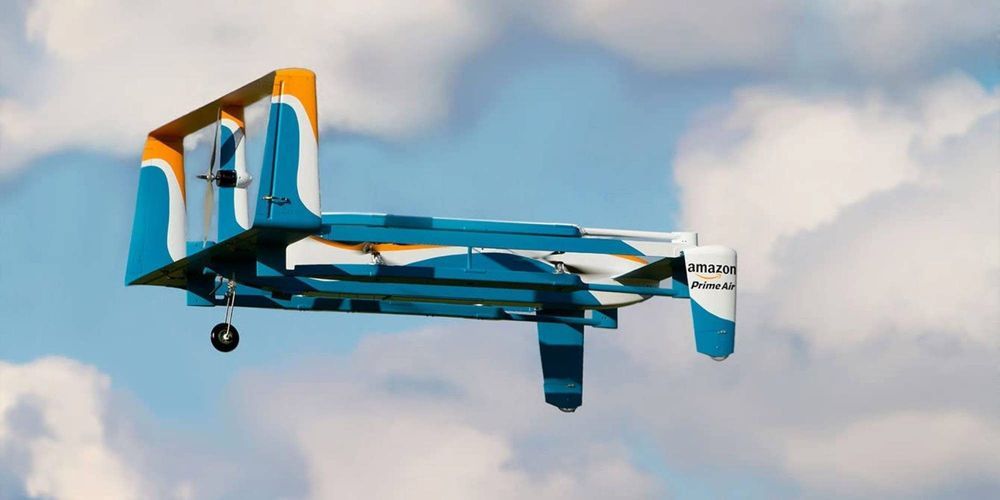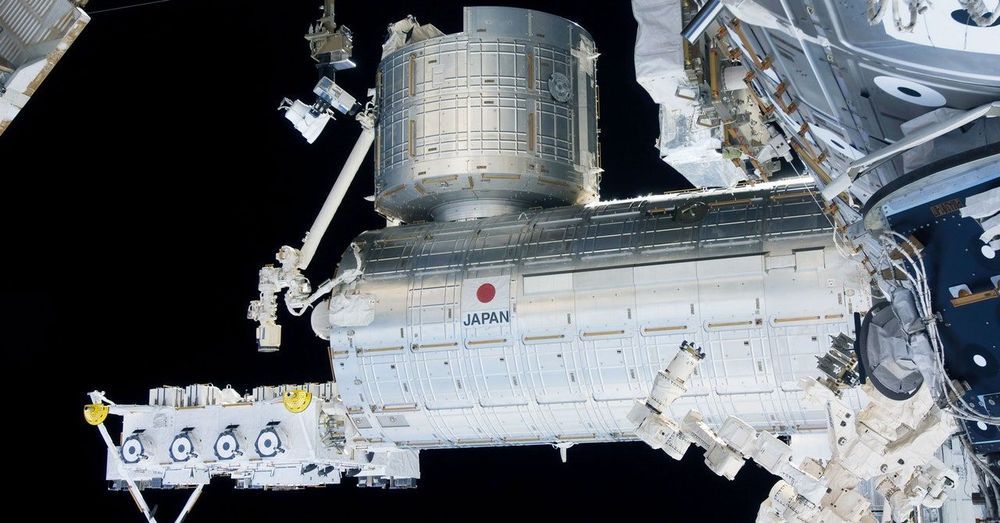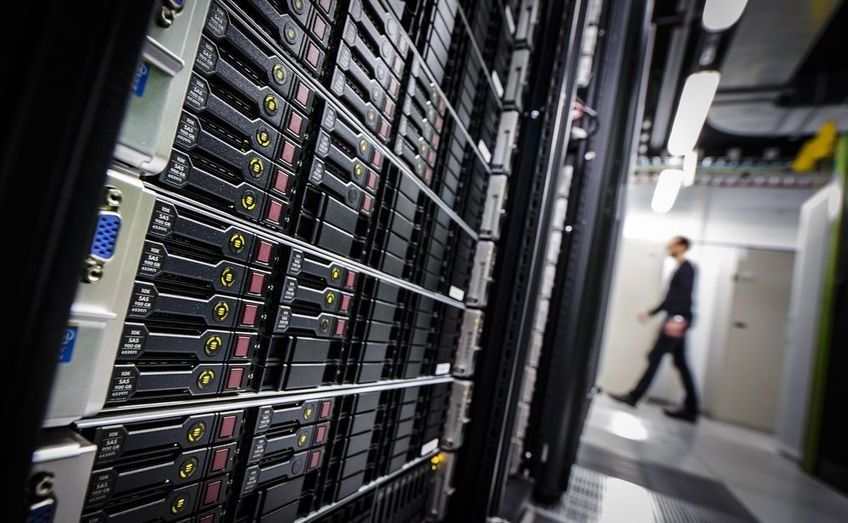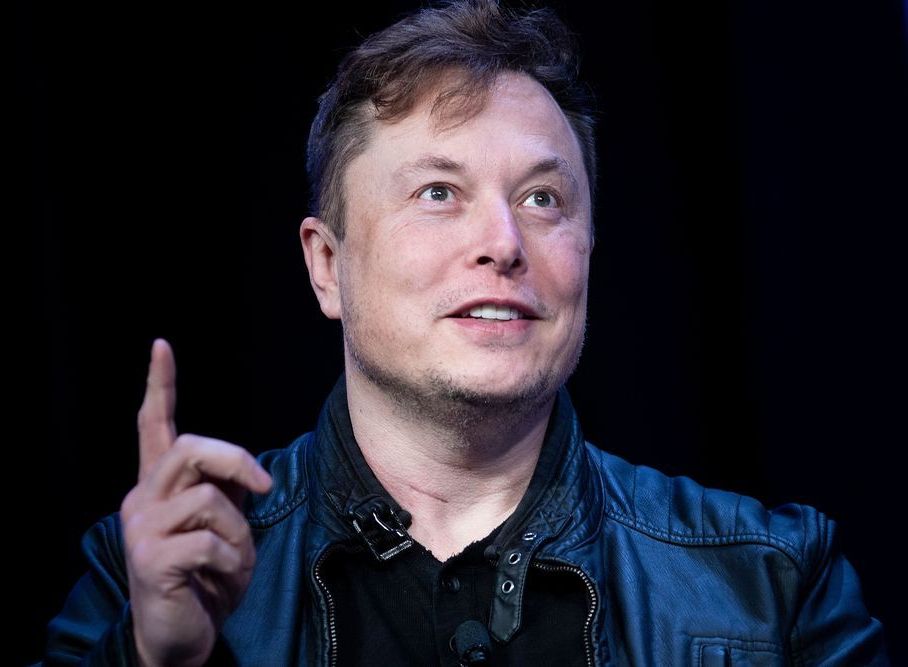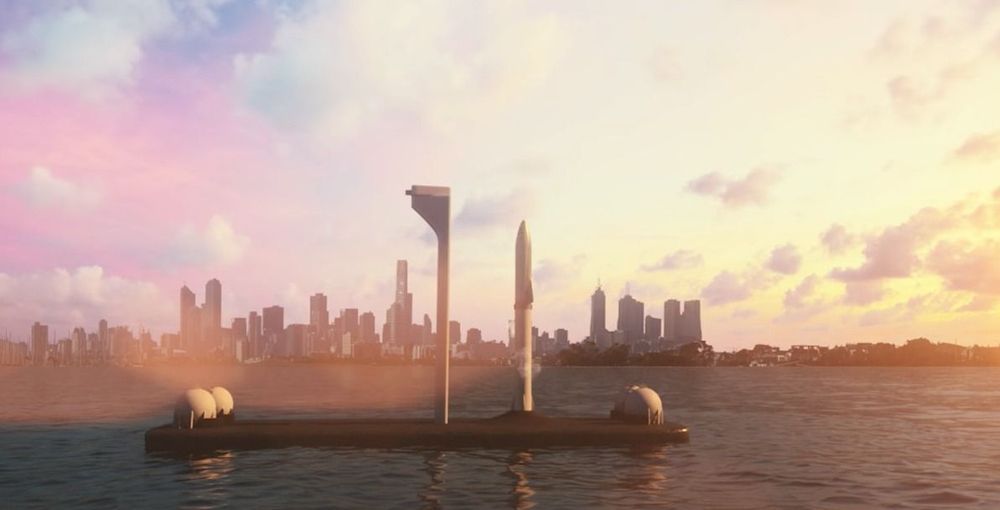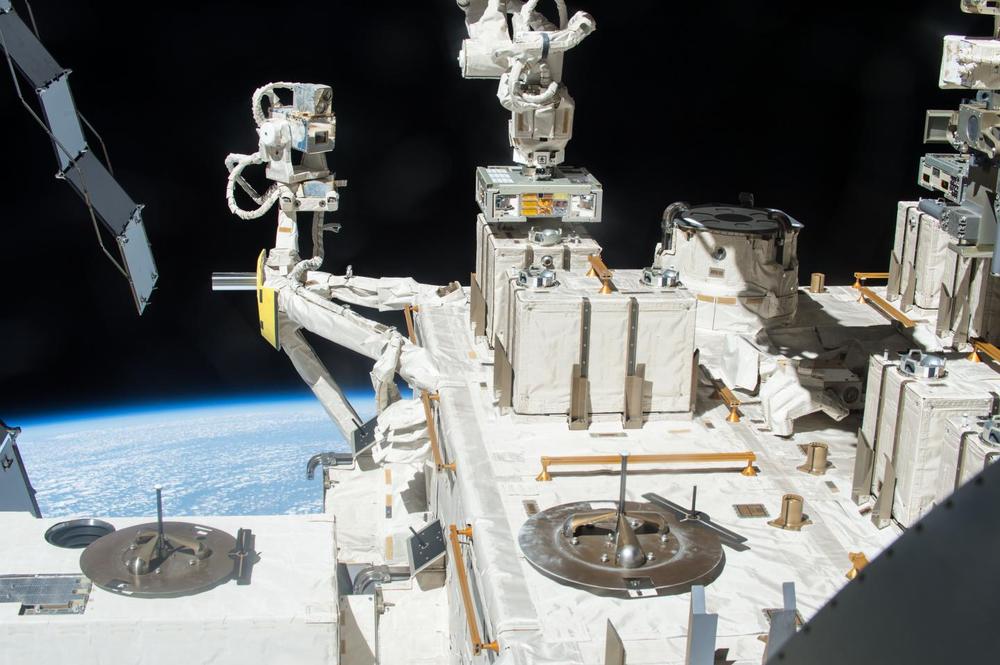Amazon’s latest drone patent points at a new way of using a drone that doesn’t involve delivering packages. Amazon wants to replace ski lifts. The drone uses a rope to pull people up the side of a mountain, just like Casey Neistat did in this video in December 2016.
WIREDNew research from the Japanese Tanpopo mission adds to scientists’ understanding of how living organisms can endure the hostile environment.
While Photoshop can do a pretty good job at removing shadows from faces, there’s a fair amount of legwork involved. One scientist has shown that neural networks and artificial intelligence can produce some very impressive results, suggesting that it will soon be a part of how we edit our photos.
Károly Zsolnai-Fehér of Two Minute Papers and the Institute of Computer Graphics and Algorithms, Vienna University of Technology, Austria, just released a video demonstrating how he has taught a neural network using large data sets to recognize and eliminate shadows from a face in a photograph. As detailed in the video, the neural network was taught by giving it photographs of faces to which shadows had been added artificially.
Given its effectiveness and the quality of the results, it seems only a matter of time before smartphones give you the option to remove shadows. In theory, you might even be able to switch on shadow removal while taking the photograph.
It’s extremely difficult to make a fair comparison of US and Chinese spend on technology like AI as funding and research in this area is diffuse. Although China announced ambitious plans to become the world leader in AI by 2030, America still outspends the country in military funding (which increasingly includes AI research), while US tech companies like Google and Microsoft remain world leaders in artificial intelligence.
The Trump administration will likely present today’s news as a counterbalance to its dismal reputation for supporting scientific research. For four years in a row, government budgets have proposed broad cuts for federal research, including work in pressing subjects like climate change. Only the fields of artificial intelligence and quantum computing, with their overt links to military prowess and global geopolitics, have seen increased investment.
“It is absolutely imperative the United States continues to lead the world in AI and quantum,” said US Chief Technology Officer Michael Kratsios ahead of today’s announcement, according to The Wall Street Journal. “The future of American economic prosperity and national security will be shaped by how we invest, research, develop and deploy these cutting edge technologies today.”
What Is Freemasonry?
Posted in entertainment
NEURALINK, ELON MUSK’S HUMAN-BRAIN LINKUP FIRM, WILL HOLD AN EVENT THIS WEEK – and it’s expected to feature a demonstration of the brain’s neurons firing in real-time.
The secretive firm has been relatively quiet since its first public event in July 2019, when Musk and his team explained how the firm plans to use chips to link human brains up to computers. In July 2020, Musk revealed that the company was planning a second event for Friday, August 28. He also reiterated the company’s mission statement: “If you can’t beat ‘em, join ‘em.”
Neuralink is set to hold its next event this week. Here’s what you need to know about the human-brain linkup firm’s plans.
During a Twitter conversation about the future of space travel, the SpaceX CEO confirmed that the Starship vehicle and the Super Heavy booster used to lift it away from Earth will “will mostly launch from ocean spaceports long-term.” Musk later clarified that “occasional flights from land are ok, but frequent (daily) flights probably need ~30km / 18 miles clear area for noise.”
The comments illuminate SpaceX’s thinking around the Starship, which is designed to transport up to 150 tons, or 100 people, into space at a time. The reusable ship measures some 400 feet when paired with its booster. It is expected to take on missions currently completed by the existing Falcon 9 satellite launches, and to enable more ambitious missions, like crewed trips to the Moon and Mars. Its use of liquid oxygen and methane fuel means a crew could feasibly visit Mars, harvest resources from the planet to refuel, and either return home or perhaps venture even furthe.
SpaceX is planning to put its Starship launch pads somewhere in the ocean, far away from city centers.
AROUND 4 BILLION YEARS AGO, LIFE BEGAN EMERGING ON EARTH in the form of microorganisms. Whether or not life originated on our planet, or was somehow transported there by way of a traveling asteroid, is one of the biggest questions in astronomy.
Now, a new experiment favors the idea that life ended up on our planet after a long journey through space — by proving that bacteria can in fact survive the trip.
Scientists conducted an experiment onboard the International Space Station that supported the controversial theory of panspermia.
PredaSAR has successfully completed its Critical Design Review (CDR) to begin fabrication, testing and launch of its Synthetic Aperture Radar (SAR) spacecraft, in partnership with Tyvak Nano-Satellite Systems. PredaSAR is building and will operate what is predicted to be the world’s largest and most advanced constellation of SAR satellites. The successful CDR completion marks another major milestone in PredaSAR’s journey and follows its recent announcement of a rideshare partnership with SpaceX to launch its first satellite aboard the Falcon 9 launch vehicle.
PredaSAR spacecraft employ an advanced, proprietary radar payload to create 2D Synthetic Aperture Radar images, 3D reconstructions of objects and the Earth’s surface, and customer-tailored data products. SAR satellites provide high-resolution images at any time of day and in any weather condition, overcoming natural limitations of traditional optical satellites. PredaSAR spacecraft possess the latest in space-proven, high quality satellite systems to support scalable and fully capable operations in any low earth orbit. Leveraging its advanced technologies, PredaSAR will deliver critical insights and data products to military and commercial decision makers at the speed of need.
PredaSAR completes Critical Design Review to begin largest SAR satellite constellation — SpaceWatch. Global.
To study how the microbiome affects their host behavior, a group of researchers at the Champalimaud Centre used the fruit fly combined with high-tech tools to show that two gut bacteria establish a metabolic cross-feeding that enables them to grow in diets that lack the nutrients that are essential for their growth and to allow them to change host decision making and reproduction. Results reveal a mechanism through which the right combination of bacteria can lead to microbiome resiliency to dietary perturbations and changes in brain function.
New research reveals a mechanism through which the right combination of bacteria can lead to microbiome resiliency to dietary perturbations.
